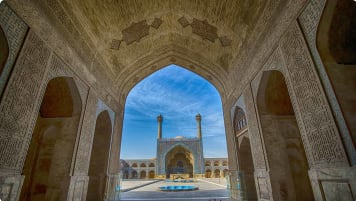New York City
New York City: Architecture Styles Through the Ages What makes the Empire State Building different from the Haughwout Building in SoHo? How do the surrounding skyscrapers allow just the right amount of natural lighting for…
15 Oct 18 · 6 mins read
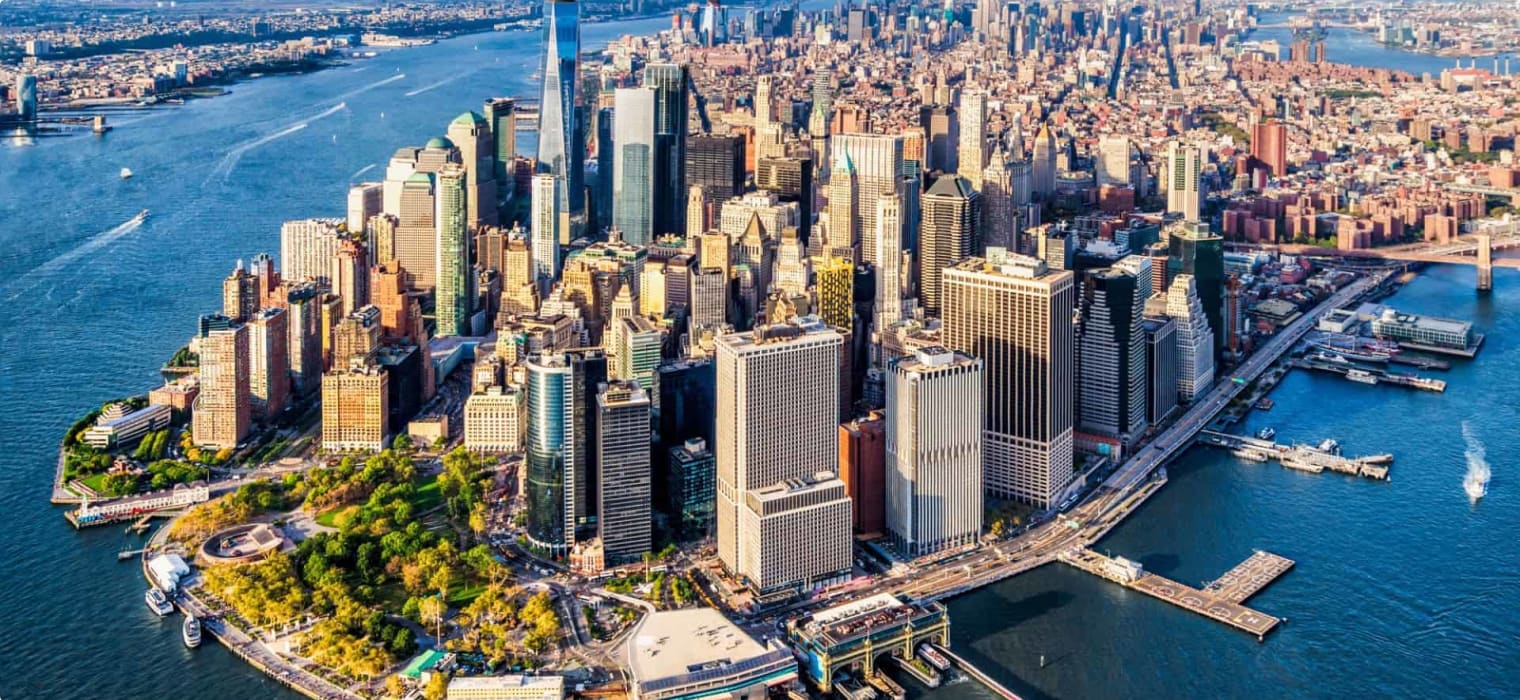
New York City: Architecture Styles Through the Ages
What makes the Empire State Building different from the Haughwout Building in SoHo? How do the surrounding skyscrapers allow just the right amount of natural lighting for you to take that picture? The New York skyline is probably one of the first things you notice when you visit, but they are so much more than impressive backdrops to your pictures. Get to know the evolution of New York City architecture, one iconic building at a time.
Dutch Farm House
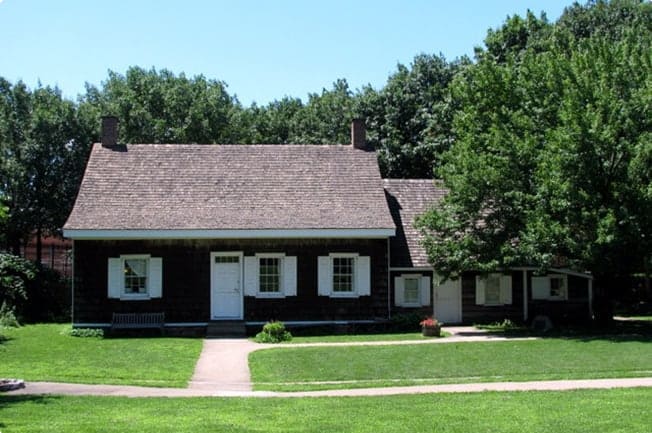
Travel back to the beginning at the Pieter Claesen Wyckoff House. Built in 1652, it is the oldest, extant home in the city. Up till 1664, New York was ruled by the Dutch, and houses were of this classic farmhouse style. Together with the farm, it was restored in 1982, and is now a museum. What better way to complete your farmhouse experience than filling yourself up with fresh harvests? A short distance away lies the Brooklyn Terminal Market, one of the largest produce markets in the city.
British Colonial Period
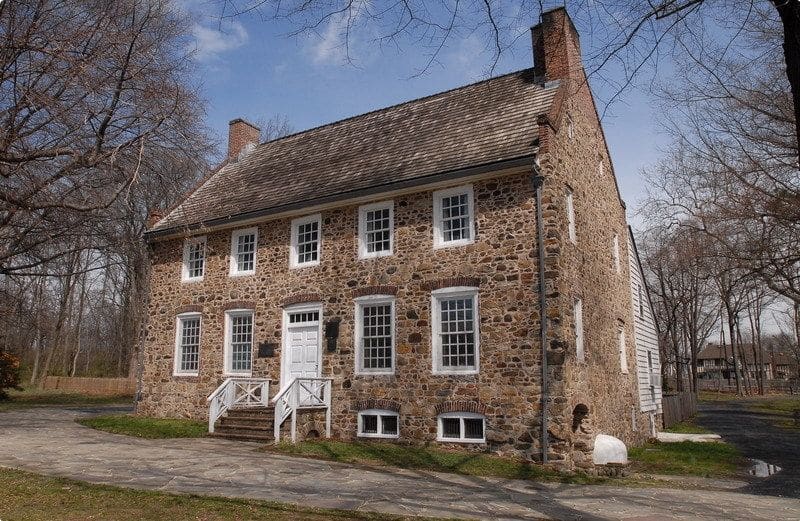
After the Dutch came the British. Originally a wheat farm, Bentley Manor is the earliest known British house on Staten Island. This charming home played an important role in American history. Constructed from local fieldstone in 1675 by a Royal Navy Captain, negotiations for independence between American and British representatives were held here in 1776, earning it the name “Conference House”.
Federal Style
Did you know NYC has its own white house? Built in 1799, Gracie Mansion is a waterside cottage where New York’s mayor officially resides. On the front porch of the oldest Federal-style country house that can be seen today, Alexander Hamilton founded one of NYC’s oldest newspapers.
How to identify a NYC Federal-style city house:
- Elegant columns and sidelights
- Low stoop
- Doorway next to the house front
- Flemish-bond brickwork
- Six-over-six windows (six panes of glass on the lower and upper sash each)
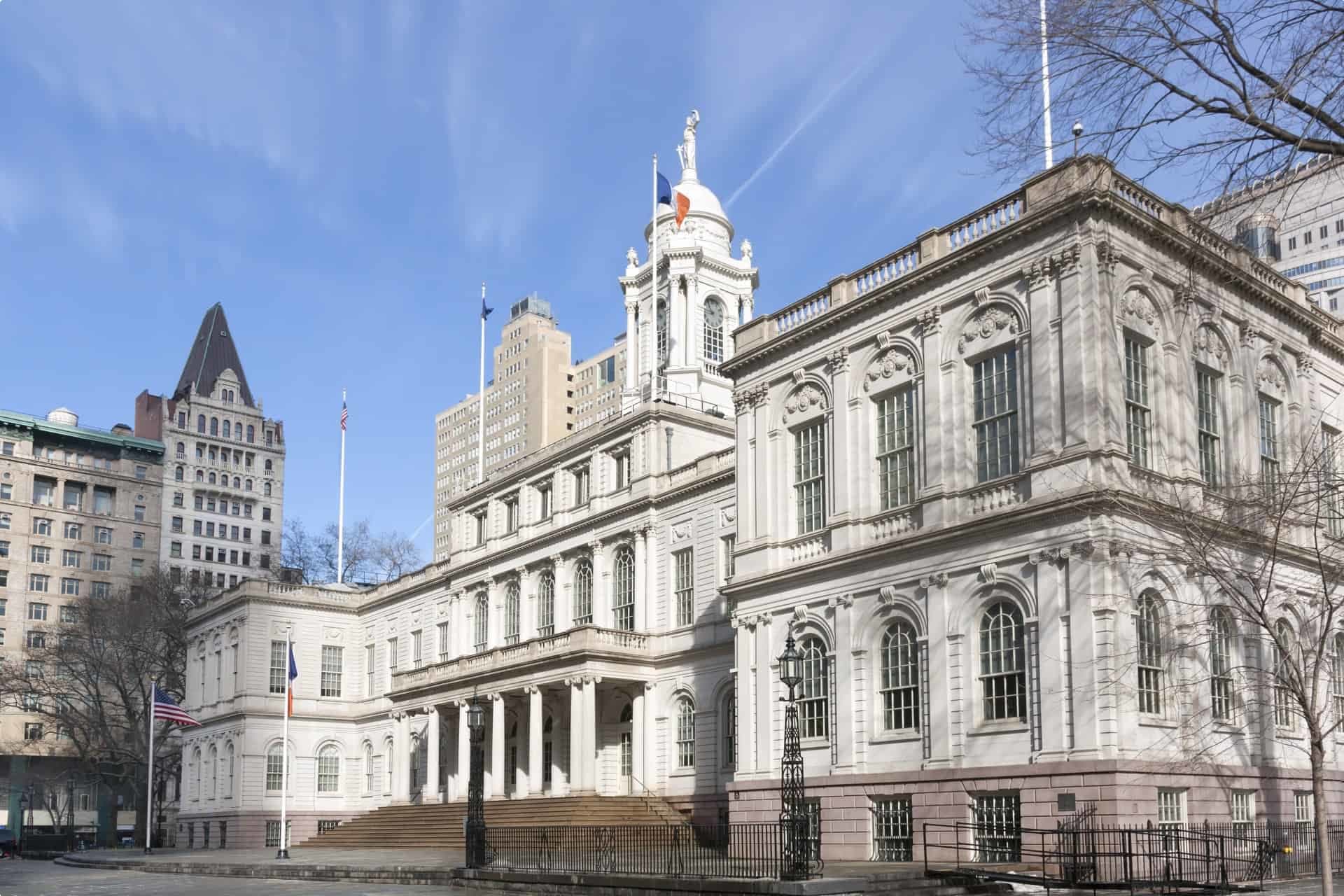
Perhaps one of the most well-known architecture accomplishments of that time, City Hall took close to a decade to complete. A New Yorker and a French architect won the design competition in 1802, and City Hall became one of the finest public buildings of French stylistic influence. It houses all three wings of the government, and hosts free public tours. Arguably the centre of attraction, the rotunda was designated an interior landmark and its grandeur makes it a sight to behold.
The first Roman Catholic church in the city, St. Patrick’s Old Cathedral, was designed by the same French architect of City Hall. Found in New York’s Little Italy, the cathedral’s Gothic design was unique for its time, long before the revival of the Gothic in the 19th century.
Greek Revival
Though the Grecian form was present in New York architecture in the 1790s, it was overshadowed by the Roman form in the preceding Federal style.
The Erie Canal was a game-changer; in connecting the Great Lakes and the inner agricultural lands to the New York Harbour via the Hudson River, New York’s port became indispensable, contributing to the city’s commercial rise in America. Together with the development of transportation, this marked the beginning of the Greek Revival.
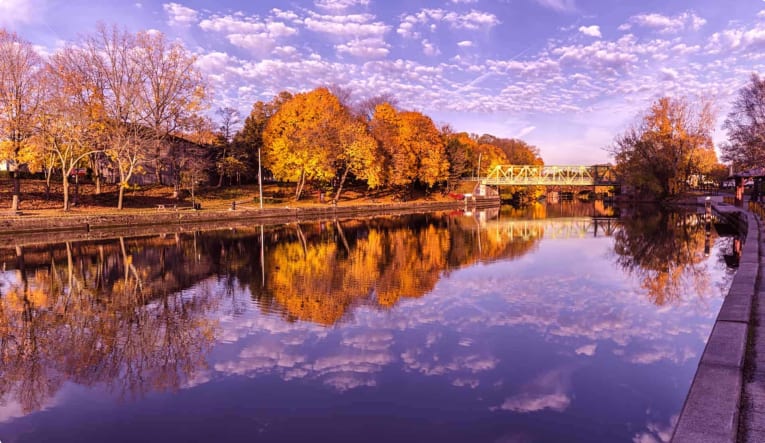
From row houses to temple-fronted structures, Grecian buildings of New York modelled after actual Greek buildings eroded by nature. Prominent examples include the Federal Hall National Memorial (previously Custom House) and Snug Harbour.
Gothic Revival & Medievalism
What did New York churches of the Romantic era have in common?
From the British influence in the late 1830s Gothic Revival to the Italian and French influences of the early Gothic Revival in the 40s and 50s, churches such as Holy Trinity Church and former St. Ann’s Episcopal Church were of Medieval design.
Both Central Park and the Brooklyn Bridge are also manifestations of the Gothic.

Inspired by romantic Medievalism, the Gothic style is evident in many structures of Central Park.
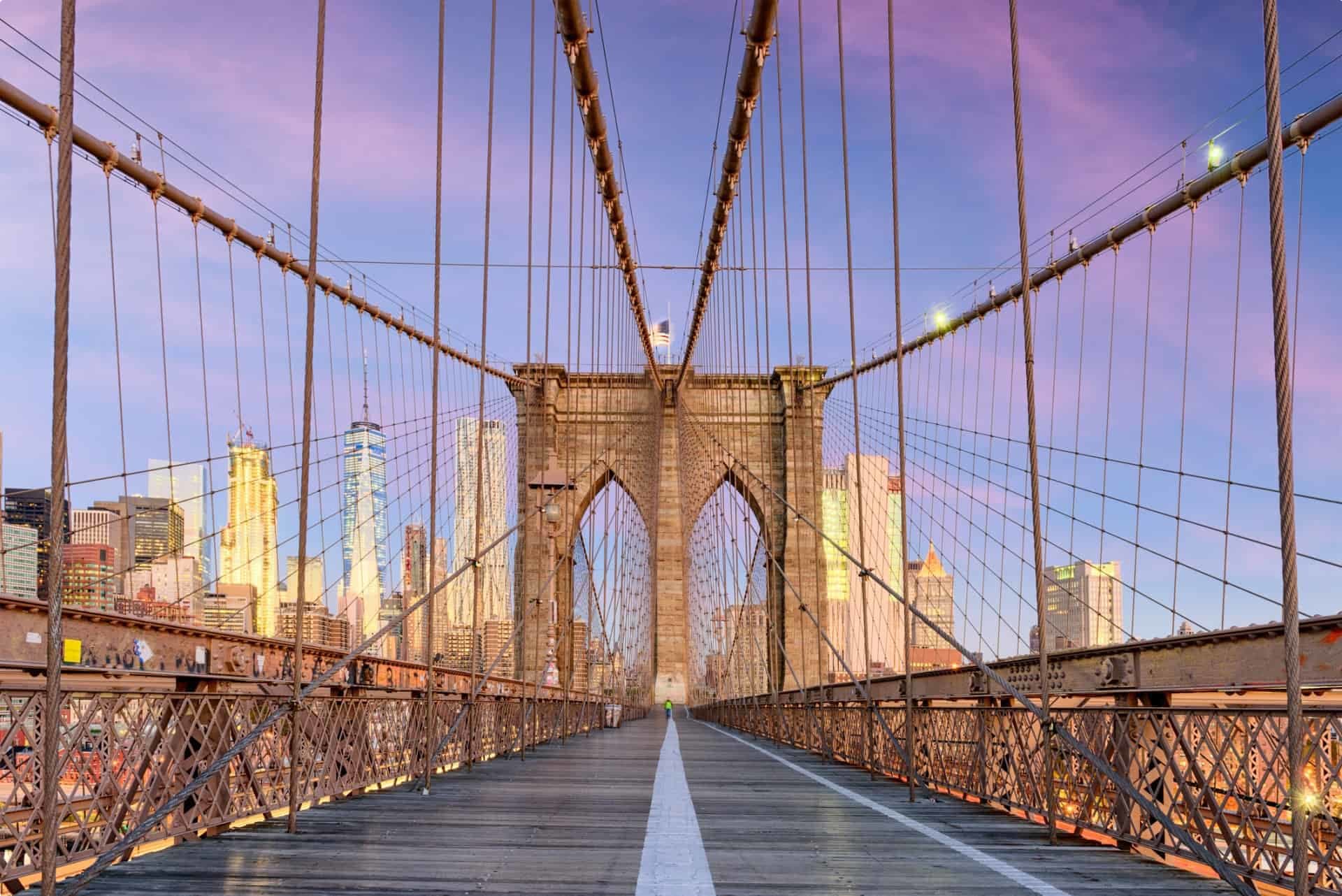
Completed in 1883, the Brooklyn Bridge’s granite towers have Gothic pointed arches.
Yes. In case you were wondering, New York does have its own original Gothic. St. Thomas Church is a fine example of the American Gothic. Arguably, it contains one of the most splendid, neo-Gothic reredos.
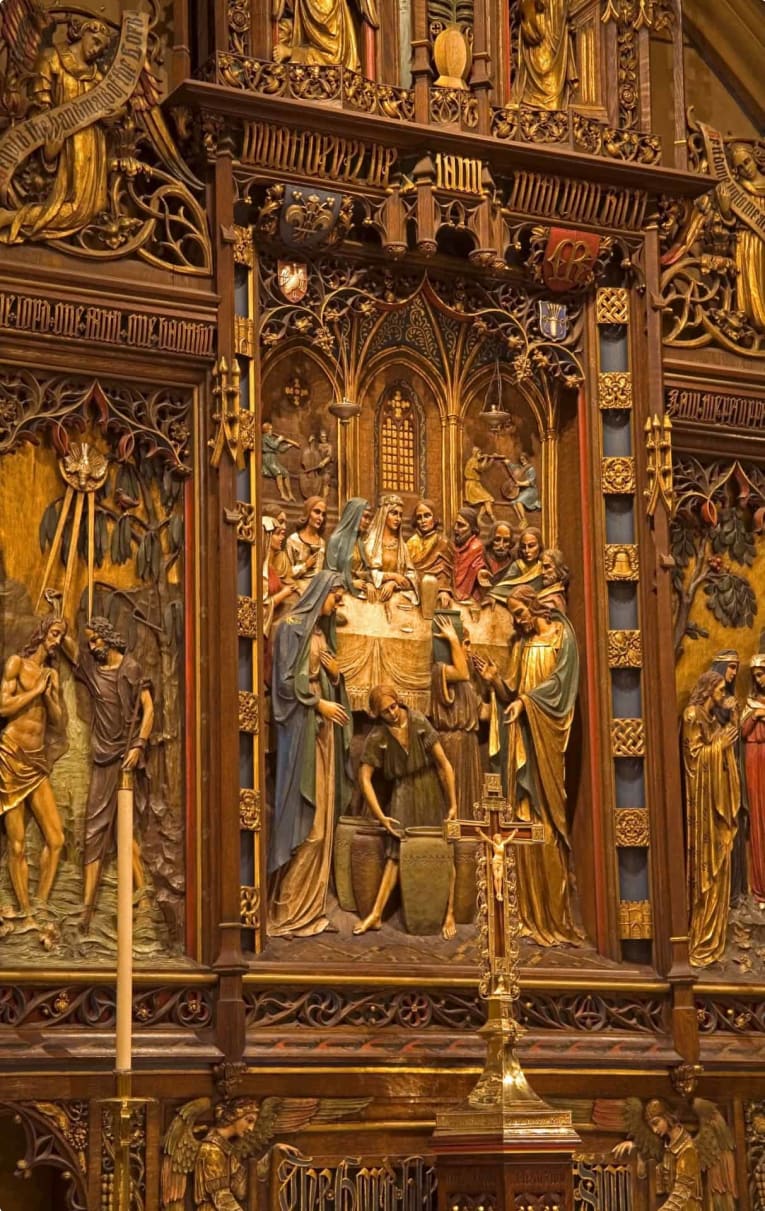
Apartment Houses
Commonly envisaged as the urban home of the middle and upper classes, apartment houses in New York were initially constructed for the destitute in the 1840s and 50s. Completed in 1884, the famous Dakota apartments is often regarded as New York’s first luxury apartment building. Its architectural style was an amalgamation of the Gothic Revival, Italian and German Renaissance, amongst others.
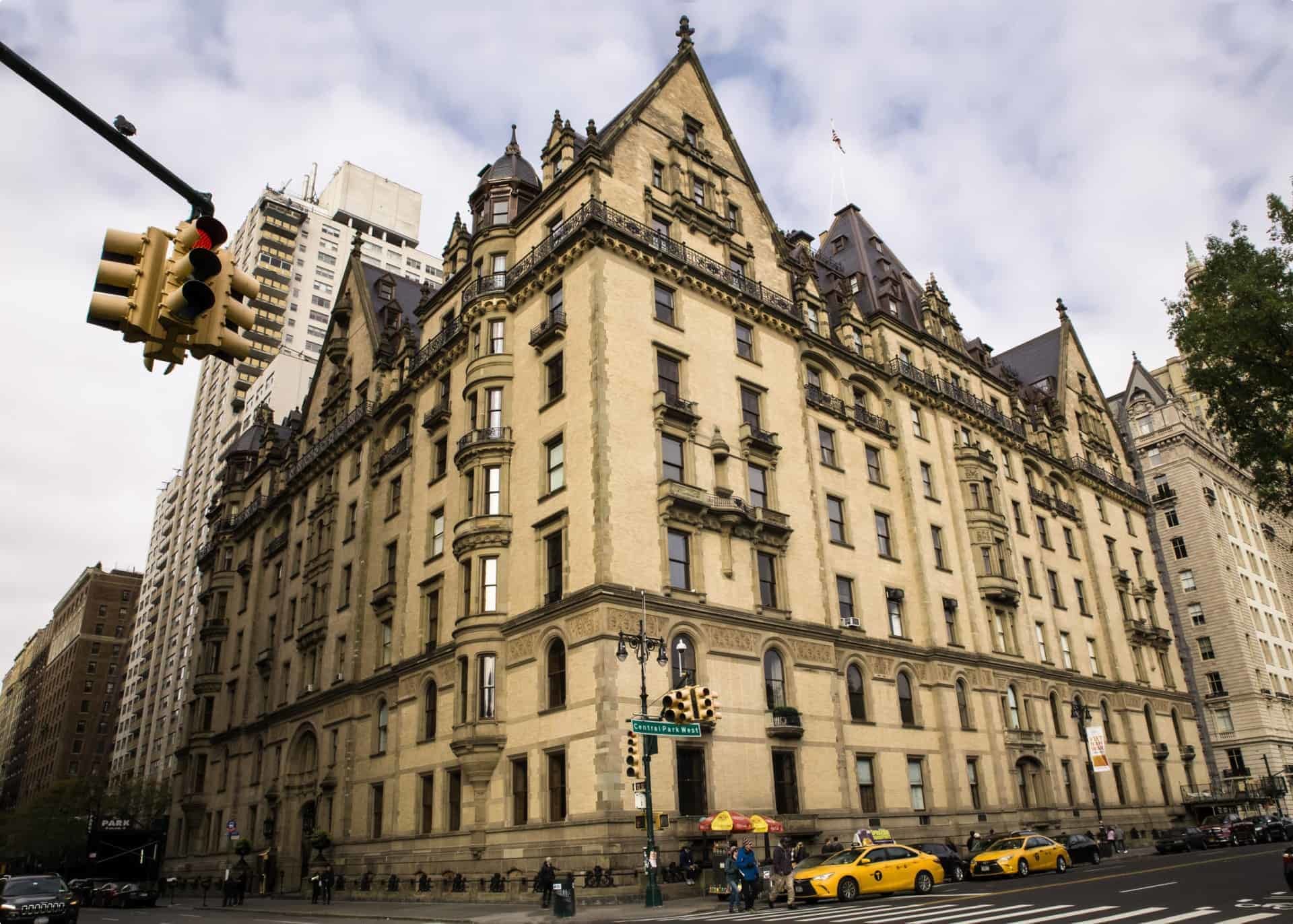
Did you know?
- All 65 apartments within the compound have unique interiors and exteriors
- The building has no fire escapes; fireproofed (and soundproofed) by mud layers between the brick floorings
- There were no vacancies for 45 years after its opening
Perhaps as famous as its revolutionary conception were its residents and reputation for rejecting famous applicants. Madonna, Alex Rodriguez, Melanie Griffith and Judd Apatow were all denied residency. In 1980, John Lennon was murdered in front of the apartment gates by a crazed fan.
Romanesque Revival
The Medieval Romanesque style was reinvented by America in the 1870s and 80s, and marked a new Classicism. Refinements of French Romanesque models prevailed in American architecture of the 80s and early 90s, with distinctive features such as terra cotta and cast-iron adornments and rough masonry block walls.
The Haughwout Building in SoHo has one of the biggest cast-iron facades in the country.
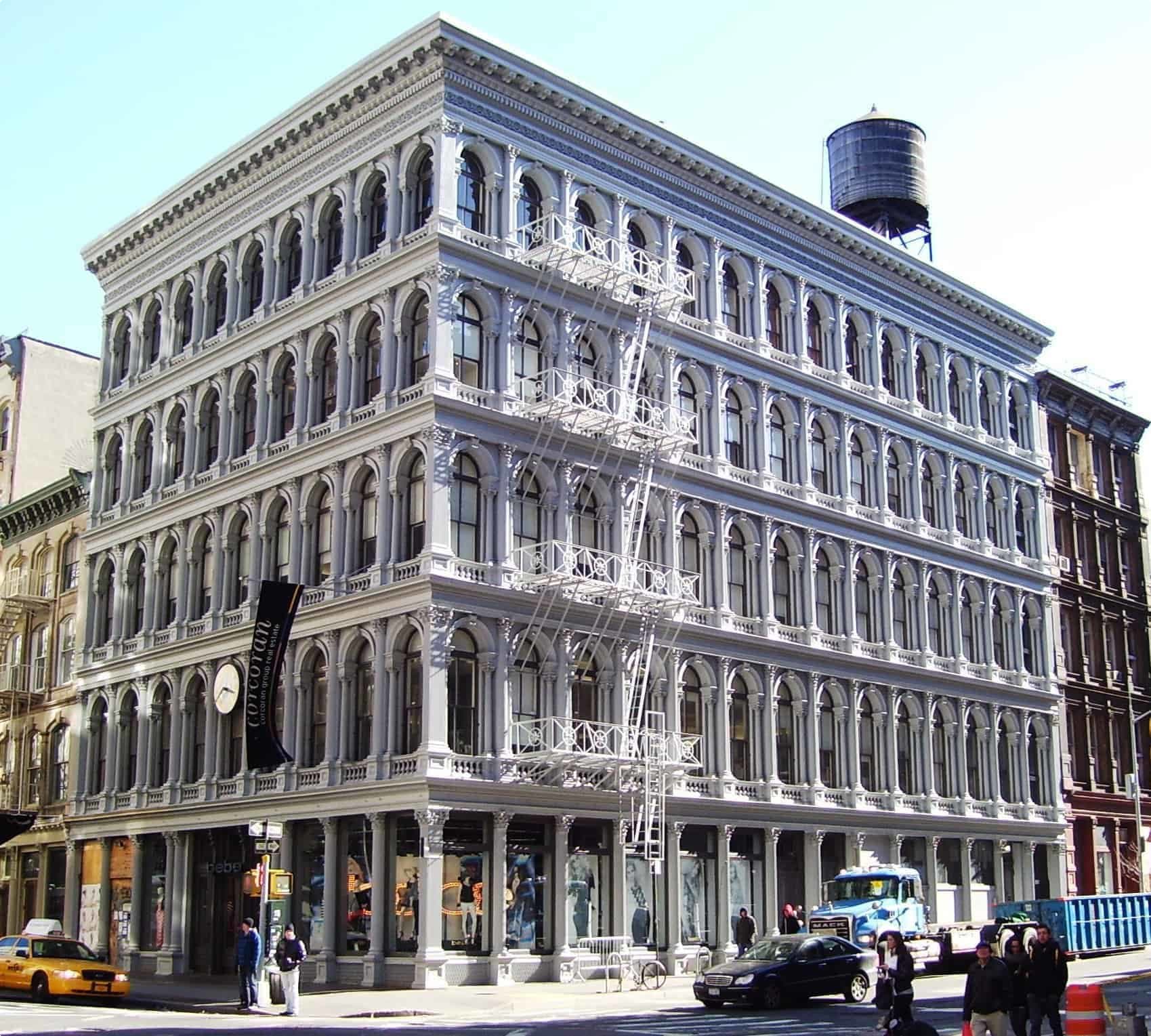
Beaux-Arts Era
Following this period came the Francophile architects. This gave rise to the Beaux-arts era, associated with opulent displays, evident in the New York Public Library and Grand Central Terminal.
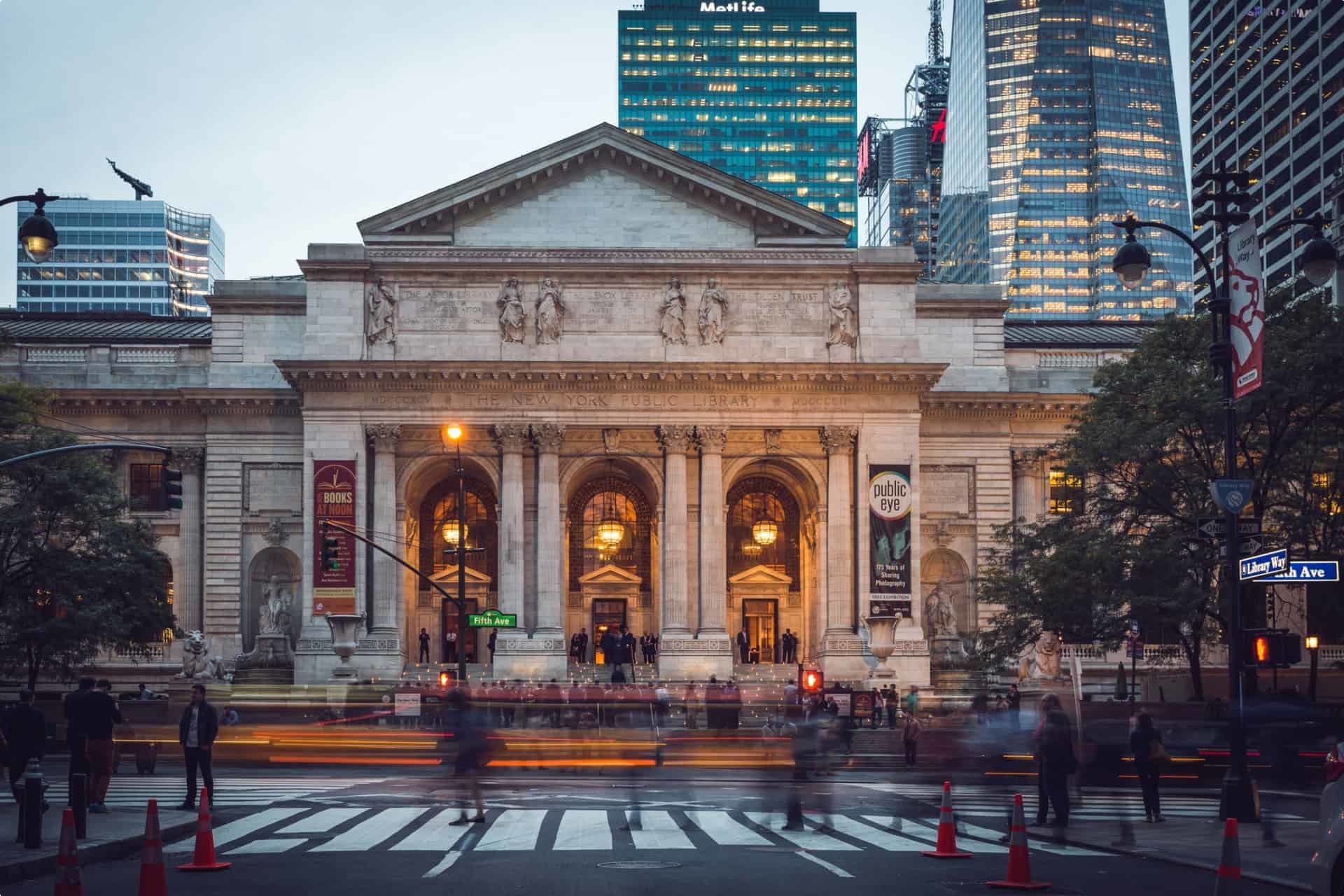
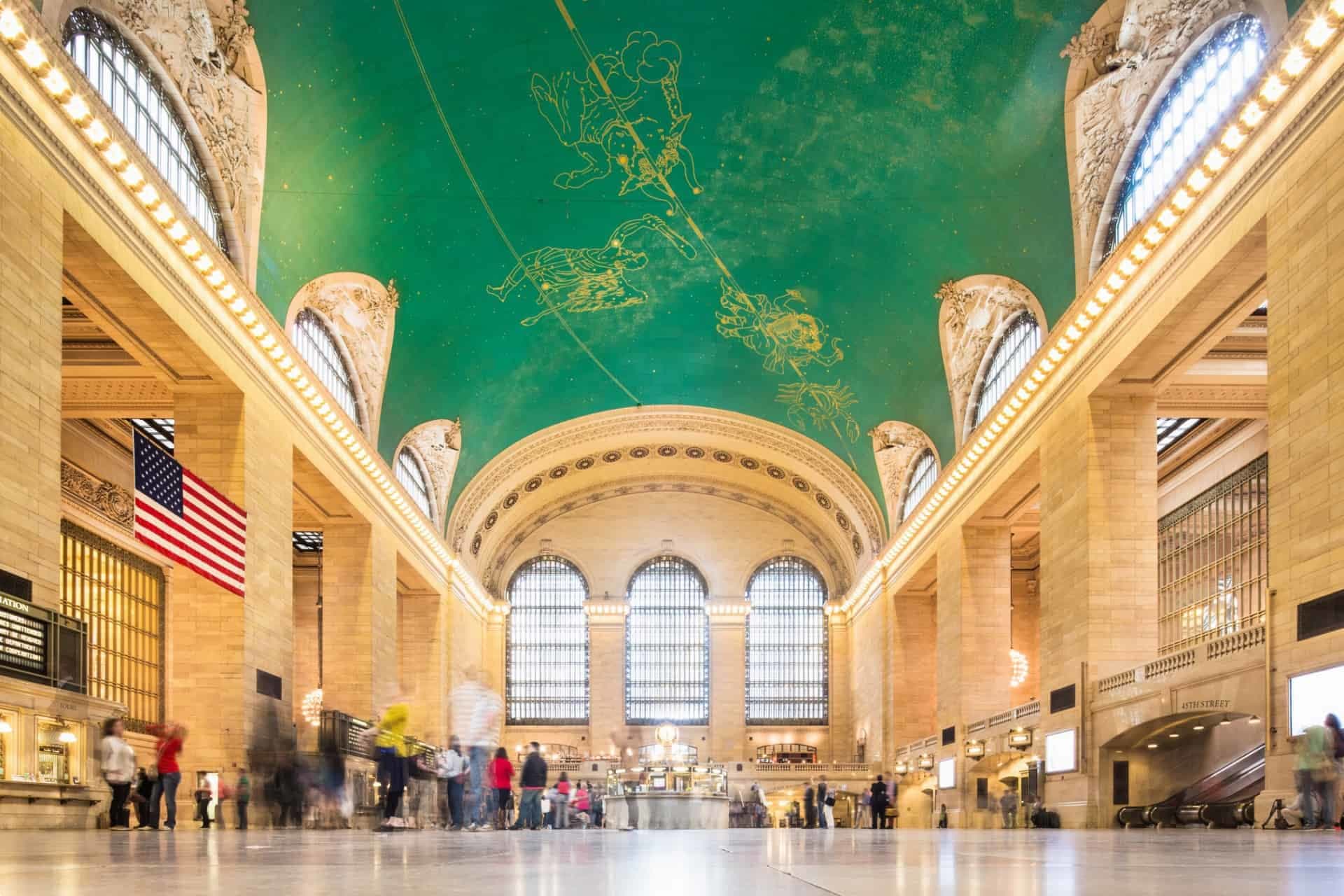
Georgian Revival
A contrasting style during the same period was the Georgian Revival. Defined by a quiet sophistication, the 1890s limestone architecture advocated for a simpler, comfortable, utilitarian lifestyle.
“Gentrification”
With the wave of apartment buildings taking over NYC, the bourgeoise went back to their downtown homes. This phenomenon, known as gentrification, was also the age where artists preferred to work in stables, such as MacDougal Alley.
Era of the Skyscrapers
NYC was constantly trying to one-up itself, literally in size as the city saw one tall building after another. It wasn’t long before streets and sidewalks were thrown into the shadows. Instead of imposing a height limit commonly observed in other countries, the zoning resolution was introduced in 1916. Buildings above a certain height were required to be setback at certain intervals, resulting in NYC skyscrapers’ characteristic design of tapering off in steps. In 1930, the Chrysler building was born, and the Empire State Building, a year later.
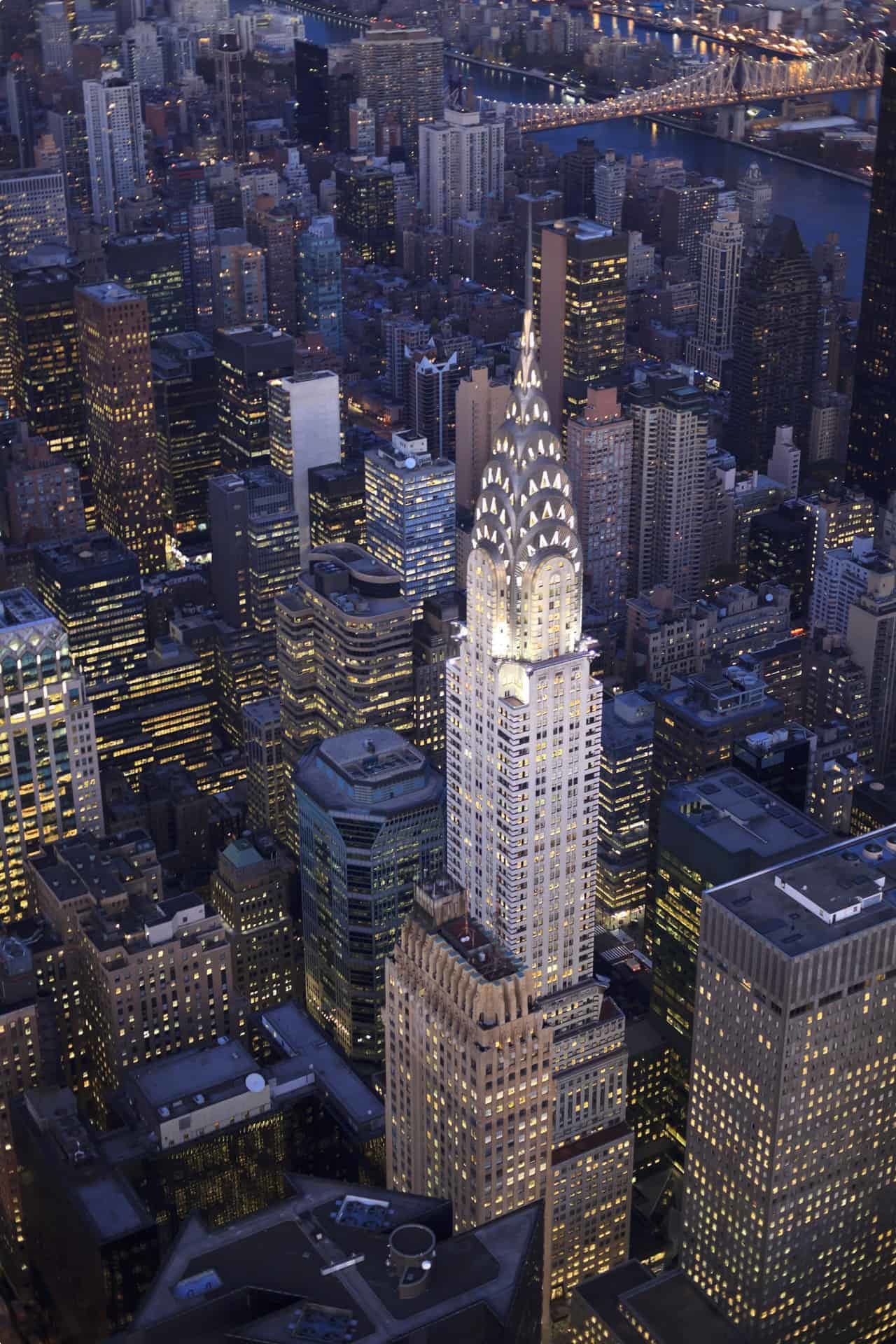
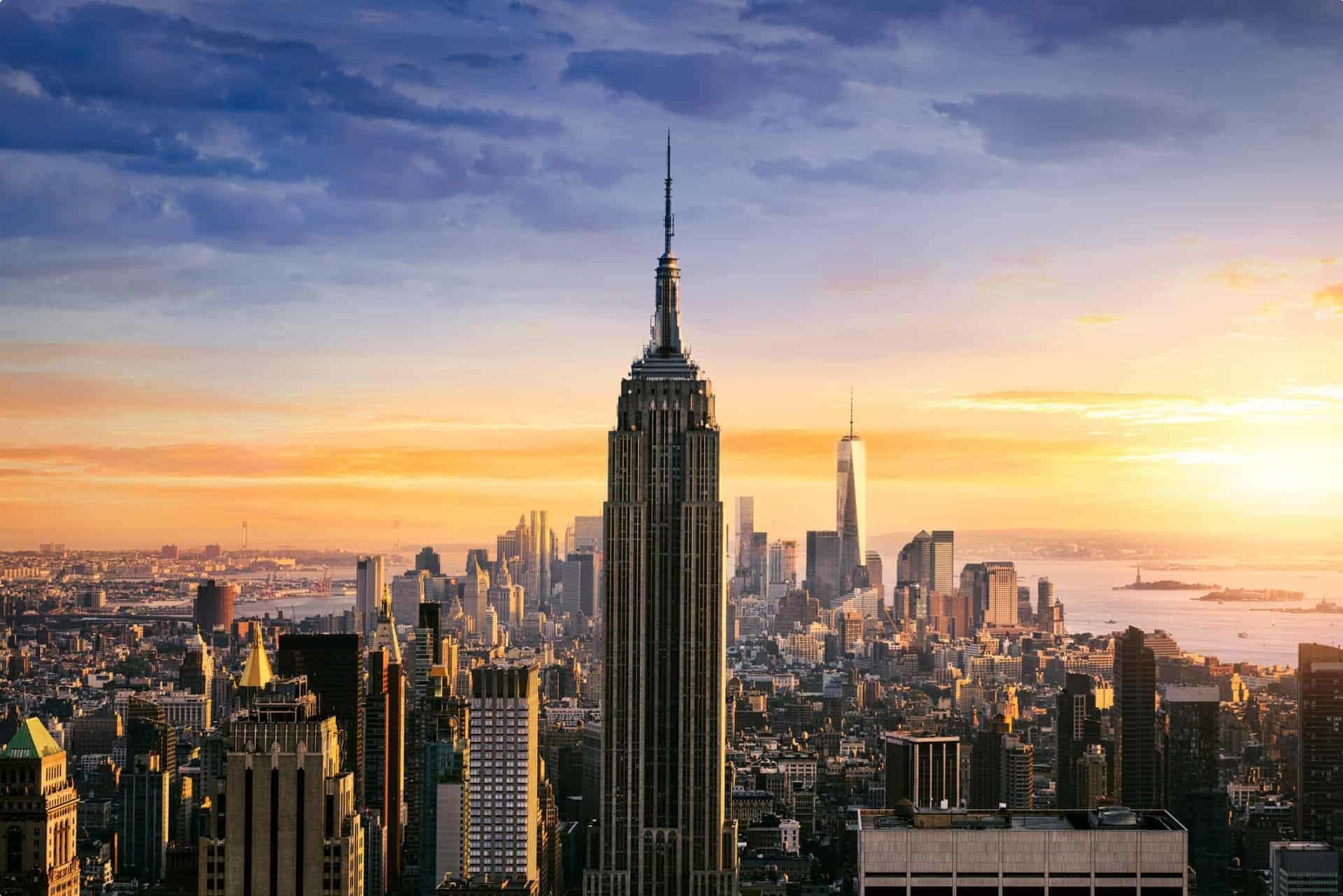
To accommodate new designs, a new resolution with modified setback principles was passed in the 1960s.
Why New York’s Skyline Has A Distinct Look by Bloomberg
Modernist Buildings & Celebrity Architects
With its international rise, NYC’s skyscrapers took to an International Style which prized modern ornamentation, bringing in glass and stark metal alongside one another. The renowned architectural heritage of New York has drawn contributions from famous architects. Remarkable buildings such as the 4 World Trade Center and Hearst Tower were designed by Japanese architect Fumihiko Maki and Englishman Norman Foster respectively.
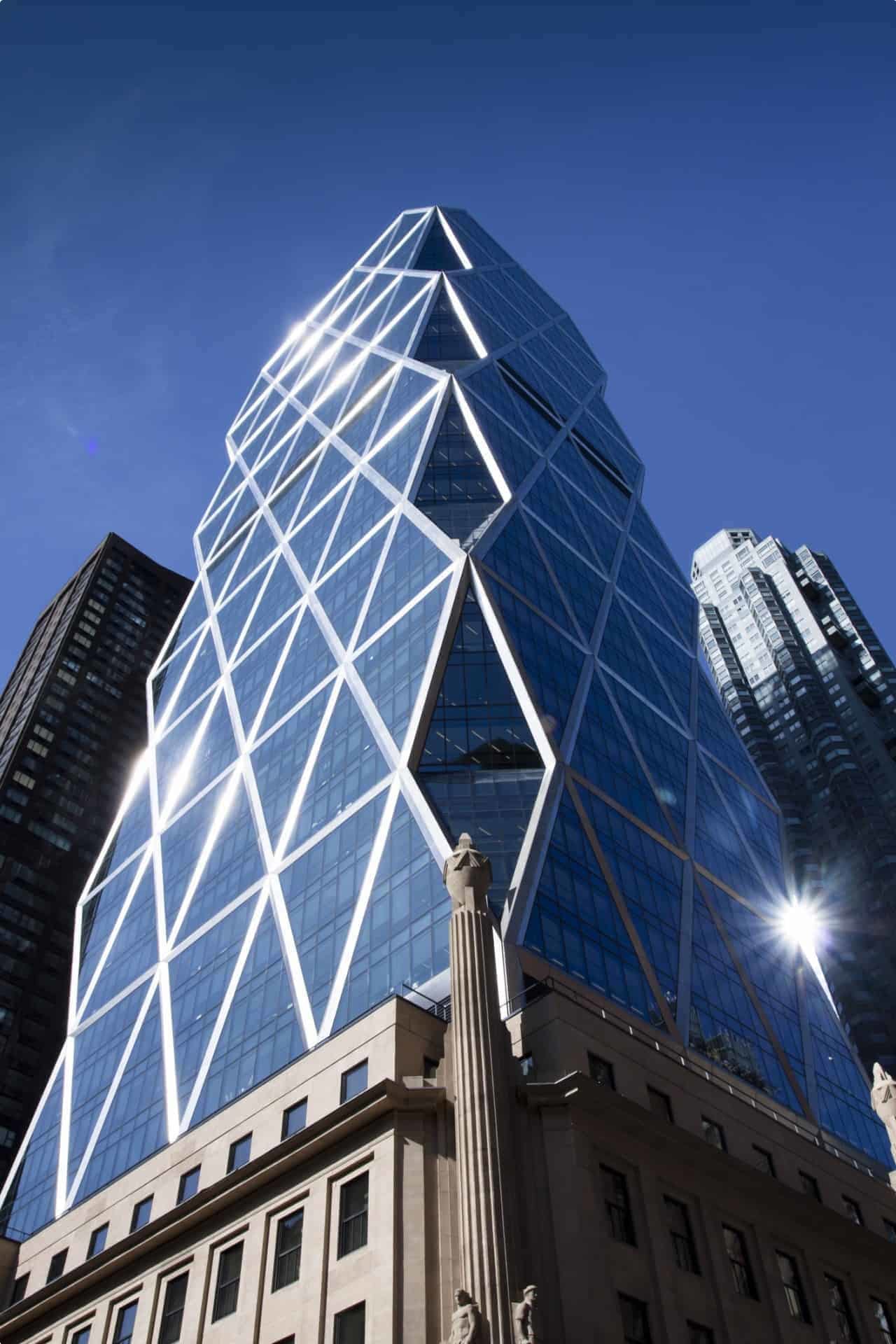
From adapting foreign architectural styles to inventing its own, NYC is always on the forefront of progress. When you next find yourself in The Big Apple, don’t forget to keep a lookout for the upcoming style: new landscape architecture.
Small group tours for senior travellers
Odyssey Traveller is famous for our small groups, and we average eight participants per tour. Our maximum group size is eighteen people, which ensures quality, flexibility and care that is tailored to our clients. We specialise in small group tours for the senior traveller who is seeking adventure or is curious about the world we live in. Typically, our clients begin travelling with us from their mid 50’s onward. But be prepared to meet fellow travellers in their 80s and beyond! Both couples and solo travellers are very welcome on our tours.

About Odyssey Traveller
Odyssey Traveller is committed to charitable activities that support the environment and cultural development of Australian and New Zealand communities. Accordingly, we are pleased to announce that since 2012, Odyssey has been awarding $10,000 Equity & Merit Cash Scholarships each year. We award scholarships on the basis of academic performance and demonstrated financial need. We award at least one scholarship per year. We’re supported through our educational travel programs, and your participation helps Odyssey achieve its goals.
For more information on Odyssey Traveller and our educational small group tours, visit our website. Alternatively, please call or send an email. We’d love to hear from you!
Articles about the Americas published by Odyssey Traveller
- Great Museums of New York City
- Spanish Exploration and Conquest of the Americas
- Understanding South America
- Chile, Peru & Bolivia Travel Advice for Mature & Senior Travellers
- Argentina & Brazil Travel Advice

